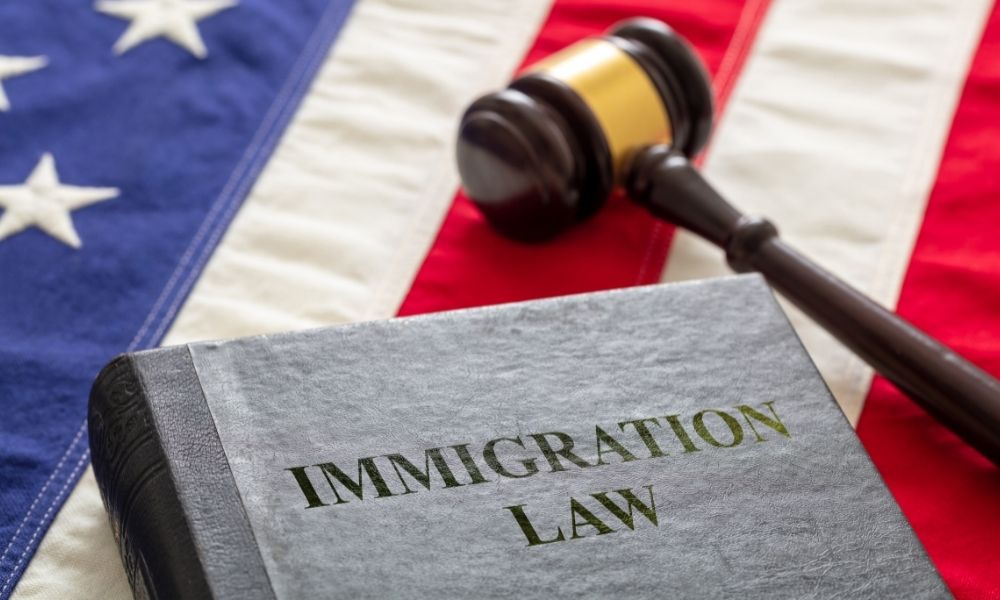A deportation or removal order is a legally binding decision made by an immigration judge ordering someone to leave the United States. This order requires the person to return to their country of origin or citizenship. A removal order is the most serious consequence of violating U.S. immigration laws.
Grounds for Deportation
There are many reasons why a person may be ordered deported from the United States. Some of the most common include:
– Entering the U.S. illegally without inspection or parole
– Overstaying a visa
– Committing certain crimes
– Failing to register as required
– Falsifying documents
– Security or terrorism concerns
If a person is found to have violated one of these grounds, they can be placed into removal proceedings where they will have to argue their case before an immigration judge.
Removal Proceedings
Removal proceedings take place in immigration court. They begin with the Department of Homeland Security serving the person with a Notice to Appear, informing them of the nature of the proceedings and alleged immigration law violations.
The first hearing is a “master calendar” hearing, where the judge ensures the person understands their rights and charges. Then further individual hearings take place where both sides present evidence and testimony.
If the immigration judge determines the individual should be deported, they will issue a removal order. The judge’s decision can be appealed to the Board of Immigration Appeals within 30 days.
Types of Removal Orders
There are two main types of removal orders:
Expedited Removal – This fast-track process is used when someone arrives at the border seeking entry without proper documentation or makes no claim to having a legal right to enter. It bypasses the court system.
Formal Removal – Also known as deportation, this is ordered by an immigration judge after court proceedings.
Defenses Against Removal
There are several defenses that may help overturn or prevent a removal order:
– Cancellation of Removal – If eligible, the judge can cancel removal for lawful permanent residents or undocumented persons.
– Asylum – If the person can prove a well-founded fear of persecution in their home country, removal may be halted.
– Withholding of Removal – Even if asylum is denied, removal is withheld if the applicant’s life would be threatened upon return.
– Protection Under the Convention Against Torture – Removal is stopped if the person would likely face torture in their home country.
– Adjustment of Status – In some cases, obtaining a green card can cancel the removal.
– Voluntary Departure – The person leaves on their own within a set timeframe, avoiding formal deportation.
– Prosecutorial Discretion – ICE may opt not to pursue deportation for sympathetic cases.
Consequences of a Removal Order
– Inadmissibility – Those deported are barred from reentering the U.S. for 5-20 years. Waivers may be available.
– Immigration Jail – ICE detainment is possible while awaiting deportation if the person is considered a flight risk or danger.
– Employment Issues – Work permits are revoked. Future visas may be denied.
– Family Separation – Spouses and children may be forced to decide whether to follow their deported relative or stay in the U.S.
– Stigma and Isolation – There is often social shame attached to deportation. Access to resources and support networks may be lost.
A removal order is a life-changing event with severe and long-lasting consequences. Those facing deportation should explore all legal options carefully with an experienced immigration attorney. However, if ordered deported, cooperating with immigration authorities can help ease some difficulties in the process.







